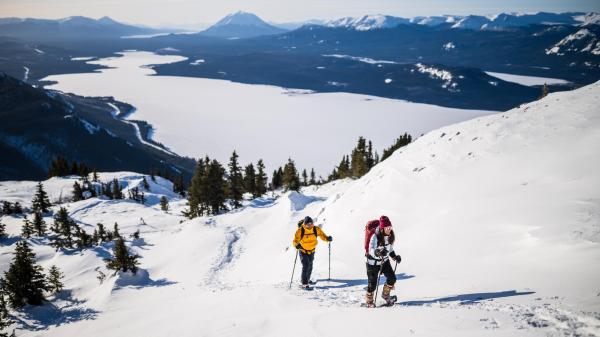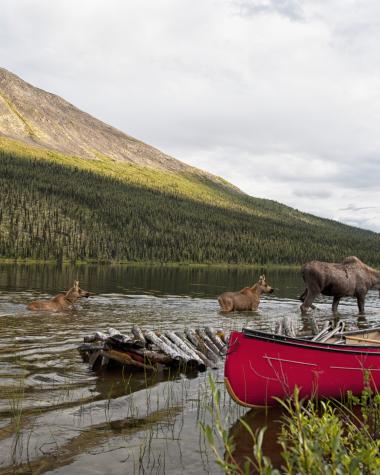
Explore the historic Silver Trail

Escape the typical touristy hot spots.
The historic Silver Trail offers an off-the-beaten-track experience in a landscape of placid lakes, rivers and mountain ranges. Though it never achieved Klondike-style fame, the Silver Trail has an equally long and colourful mining history. In the 1880’s, the Stewart River, a major tributary of the Yukon River, lured prospectors to the area which led to major mineral discoveries. Today, the heritage of the area’s mining heyday is still visible. The road passes through prime moose habitat and offers an abundance of hiking and biking trails, many of which pass by old cabins and great fishing holes. If you’re heading to or from Dawson City, the Silver Trail is a great side trip.
Looking for some extra guidance on the road? The Yukon Sights and Sites app is designed to help you plan your next journey along Yukon’s major highways. You can select your highway, region or the type of site you’d like to visit. Download the app here.
Categories
Regions
Communities
1
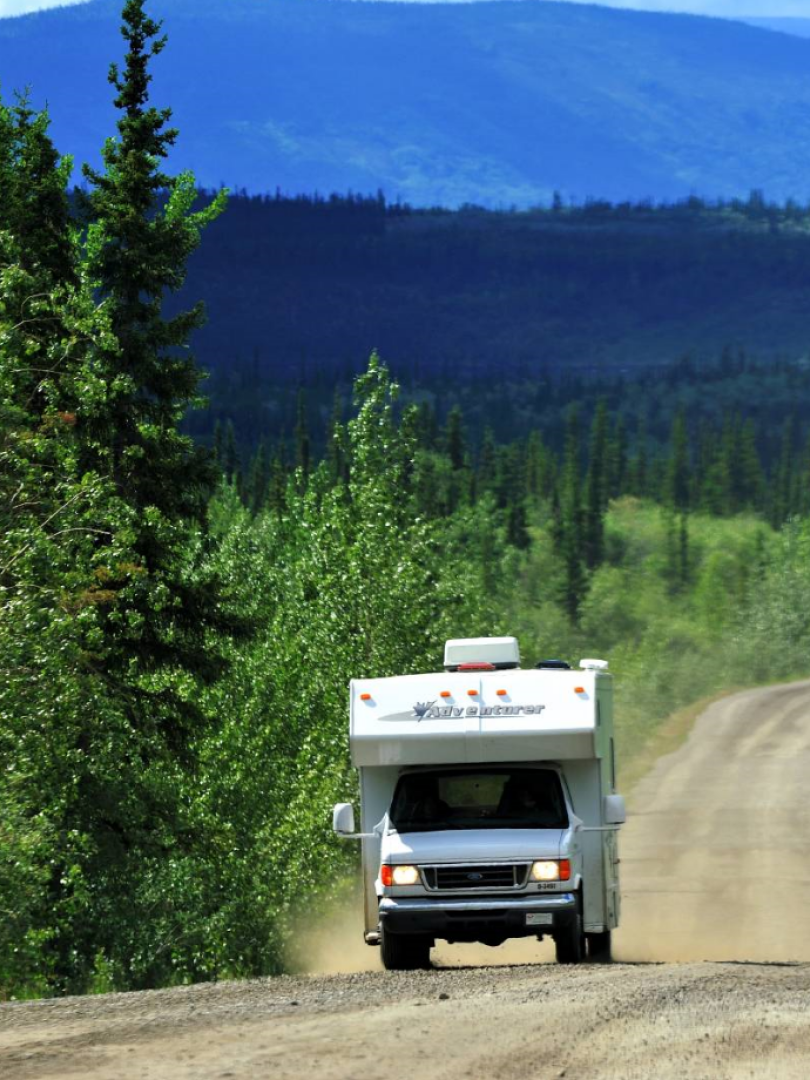
From Whitehorse, follow the North Klondike Highway to Stewart Crossing and then east onto the Silver Trail Highway to Mayo.
Along the way, stop in at the Tage Cho Hudän Interpretive Centre in Carmacks or stroll the scenic riverfront boardwalk. At Five Finger Rapids, stairs lead down to the Yukon River for a view of these notorious rapids. Learn about the Selkirk First Nation at Big Jonathan House in Pelly Crossing and pick up local information at the Silver Trail Visitor Centre in Stewart Crossing.
Mayo is a close-knit village established in the early 1900’s as a service centre for the mining industry. Sternwheelers were loaded up with silver, zinc and lead ores to be shipped along the Yukon River to Whitehorse. Today, it’s a thriving regional centre that serves locals, visitors, outfitting and mining.
Explore the eclectic—and we mean eclectic—collection at the Binet House Museum, which houses everything from medical artifacts to permafrost studies. You’ll get an interesting look inside the lives of Mayo residents and the local Na-Cho Nyak Dun First Nation. Pick up the local walking tour brochure to explore the town’s historic buildings and stroll along the river trails.
2
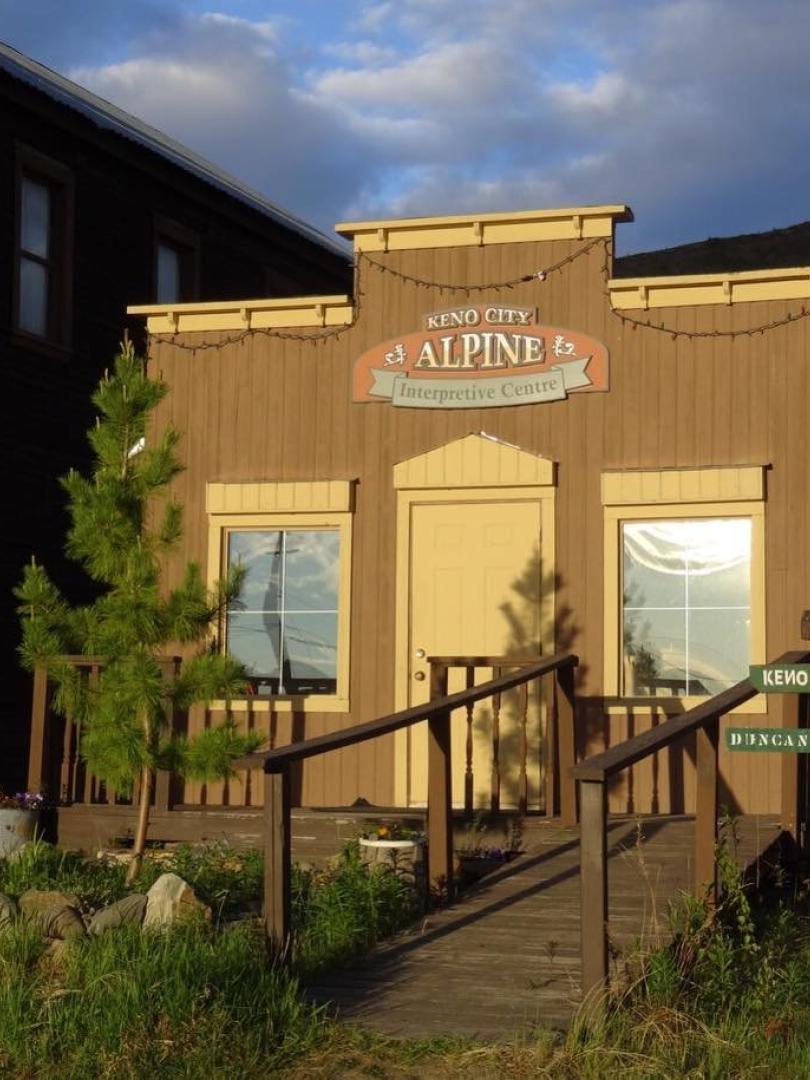
A gravel road (60km/37mi.) leads to the somewhat ironically named Keno City, the smallest town in the Yukon. It’s home to a diverse population of around 20, consisting of old-timers, miners and artists. Named after the popular gambling game, Keno is a rustic cluster of buildings and log cabins with a mining history dating back to the early 1900’s.
Catch a glimpse of what life was like in this remote community during the gold and silver mining days at the Keno City Mining Museum. It houses a collection of artifacts, memorabilia and photographs that provide a snapshot of Keno’s colourful past. Take some time to wander around this unique community, where the authentic northern mining experience is still fresh.
Be sure to walk or drive the Keno Hill Road to Sign Post Hill for panoramic views of the valley and mountain ranges. Keep an eye out for marmots and pikas in the alpine.
The Alpine Interpretive Centre can provide you with information on local hiking trails, many of which begin just steps away.
3
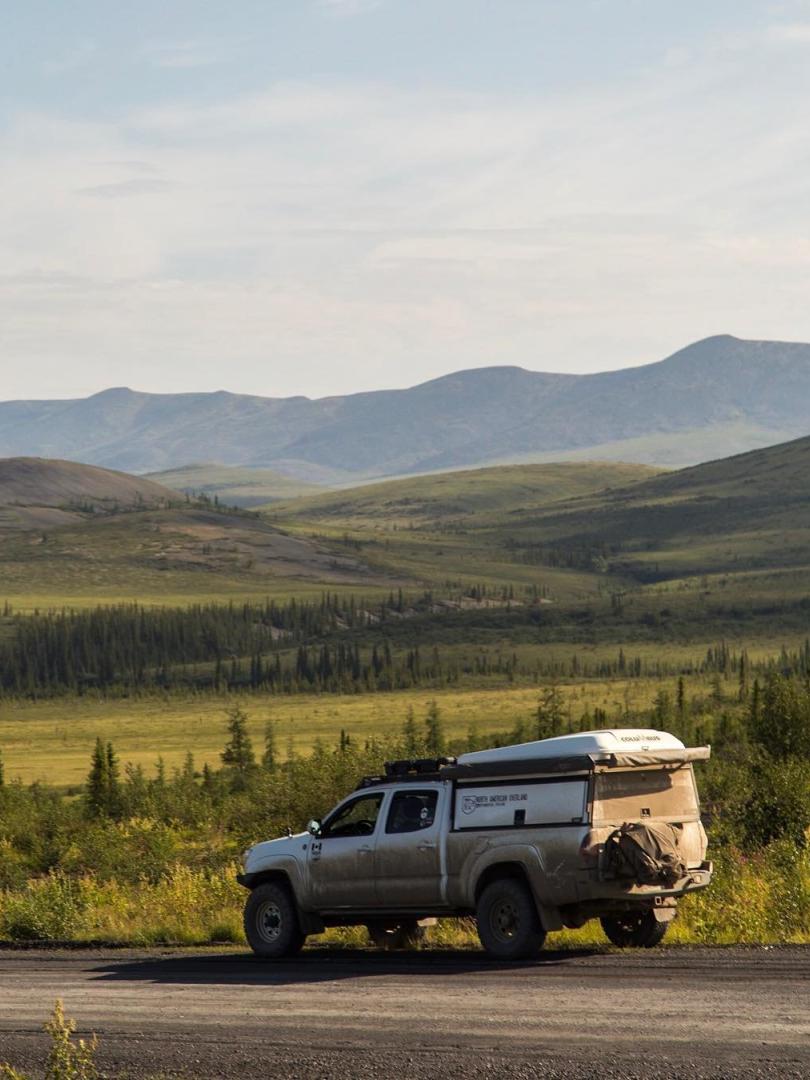
Enjoy more spectacular scenery as you loop back to Mayo towards the North Klondike Highway. Be sure to keep your binoculars and camera handy because this is prime moose habitat.
Once at Stewart Crossing, either return to Whitehorse or head to the gold rush town of Dawson City.
Driving Time: 5 - 6 hours to Whitehorse (406km/252mi.); 3 - 4 hours to Dawson City (227km/141mi.)
